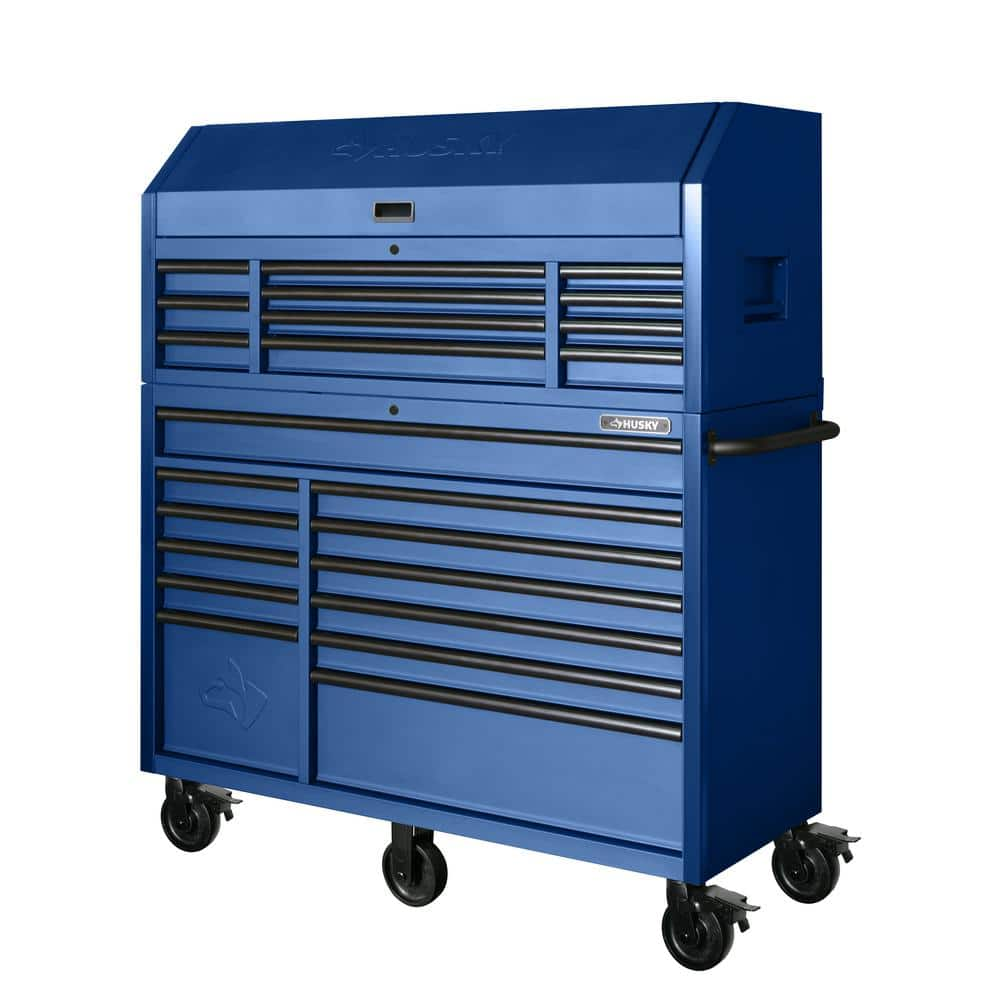Dyson Pure Cool™ TP01 Purifying Fan (Iron/Silver)
-
( 3 Reviews )Rated 4.33 out of 5 based on 3 customer ratings03
Air Multiplier™ purifier fan technology projects a powerful stream of smooth, uninterrupted, purified air. Cooling tower fan when you need it. Removes gases and 99.97% of allergens and pollutants as small as 0.3 microns.
-
Blindsgalore® Pleated RV Day/Night Shades – Blindsgalore
Rated 5.00 out of 505Blindsgalore® Pleated RV Day/Night Shades – Blindsgalore
Rated 5.00 out of 505
Air Multiplier™ purifier fan technology projects a powerful stream of smooth, uninterrupted, purified air. Cooling tower fan when you need it.
Cools you when needed
A powerful stream of purified airflow can cool you down when desired.
Captures gases and pollutants
360 ̊ filtration system combines activated carbon to remove odors and gases with HEPA to capture 99.97% of particles 0.3 microns in size, including pollen, bacteria and pet dander.
Purifies the whole room
Only Dyson purifiers have Air Multiplier™ technology. It generates the circulation power to draw even distant pollutants into the machine, projecting purified air throughout the room.¹
Oscillates up to 70 ̊
Adjustable oscillation projects purified air around the whole room.
Remote control
Curved and magnetized to store neatly on the machine.
Safe, and easy to clean
No fast-spinning blades, or awkward grilles.
Easy filter care
The filter is quick and easy to change. With automatic filter-life notifications on the machine.
Parent Tested Parent Approved
Awarded the PTPA seal of approval. The seal of approval families trust.
Certified Asthma and Allergy friendly
Dyson purifiers are certified asthma and allergy friendly by the Asthma and Allergy Foundation of America.
Additional information
| Height | 40.1 in |
|---|---|
| Length | 4.3 in |
| Width | 7.9 in |
| Weight | 8.4 lb |
| Airflow at max. setting | 114.7 gallon |
| Amp diameter | 4.3 in |
| Base diameter with plate | 7.7 in |
| Cord length | 6.6 ft |
| Air treatment type | Cool |
| Format | Tower |
| HEPA filter | Yes |






by Galloway
We recently bought model tp01. We like it so far. Would it work a little better if it was up off the floor a little bit or that is not necessary. I hope you answer my question I see that you respond to complaint reviews. Thank you
by Brenb
I’ve noticed a difference in the room especially since I have allergies. Fan is really nice as well. The only thing I don’t like is that the remote is trash. It doesn’t work if you’re farther than two feet away and even when I’m closer than that too it, it takes multiple tries to work. Also, the magnet on the top to hold the remote is crappy as well. It doesn’t sit very clean and therefore takes away from the appearance. Honestly there was no point to the remote since you have to stand so close to it to get it to work.
by Mike
The heat/cool function is great. I have other air purifiers so I’m not sure how well that part works but it is perfect for those of us who like to sleep with a fan. In the winter months, the heat on this thing is just right. I love that you can make the air blow straight in your face or be just a light breeze all around you with the push of a button!